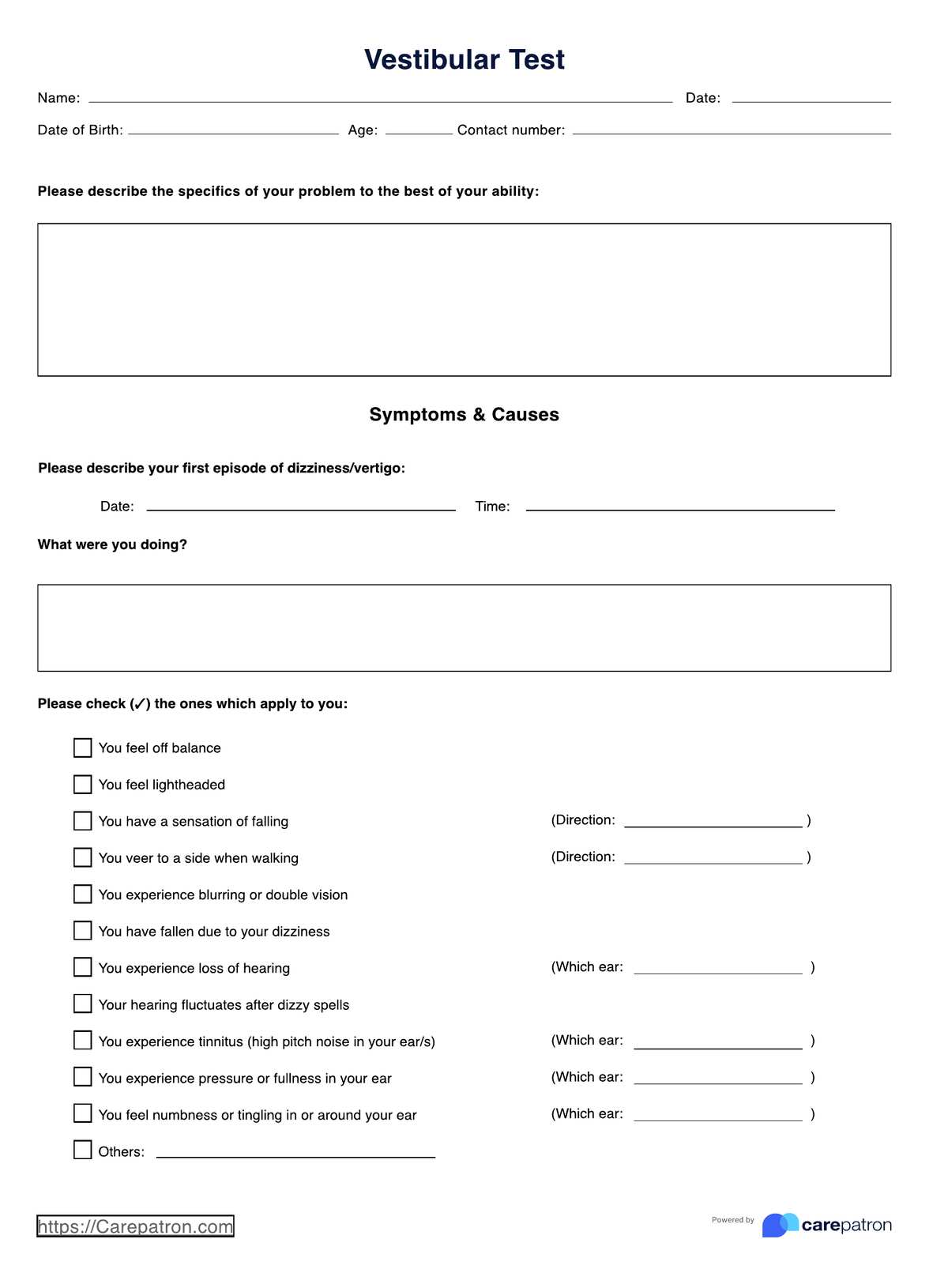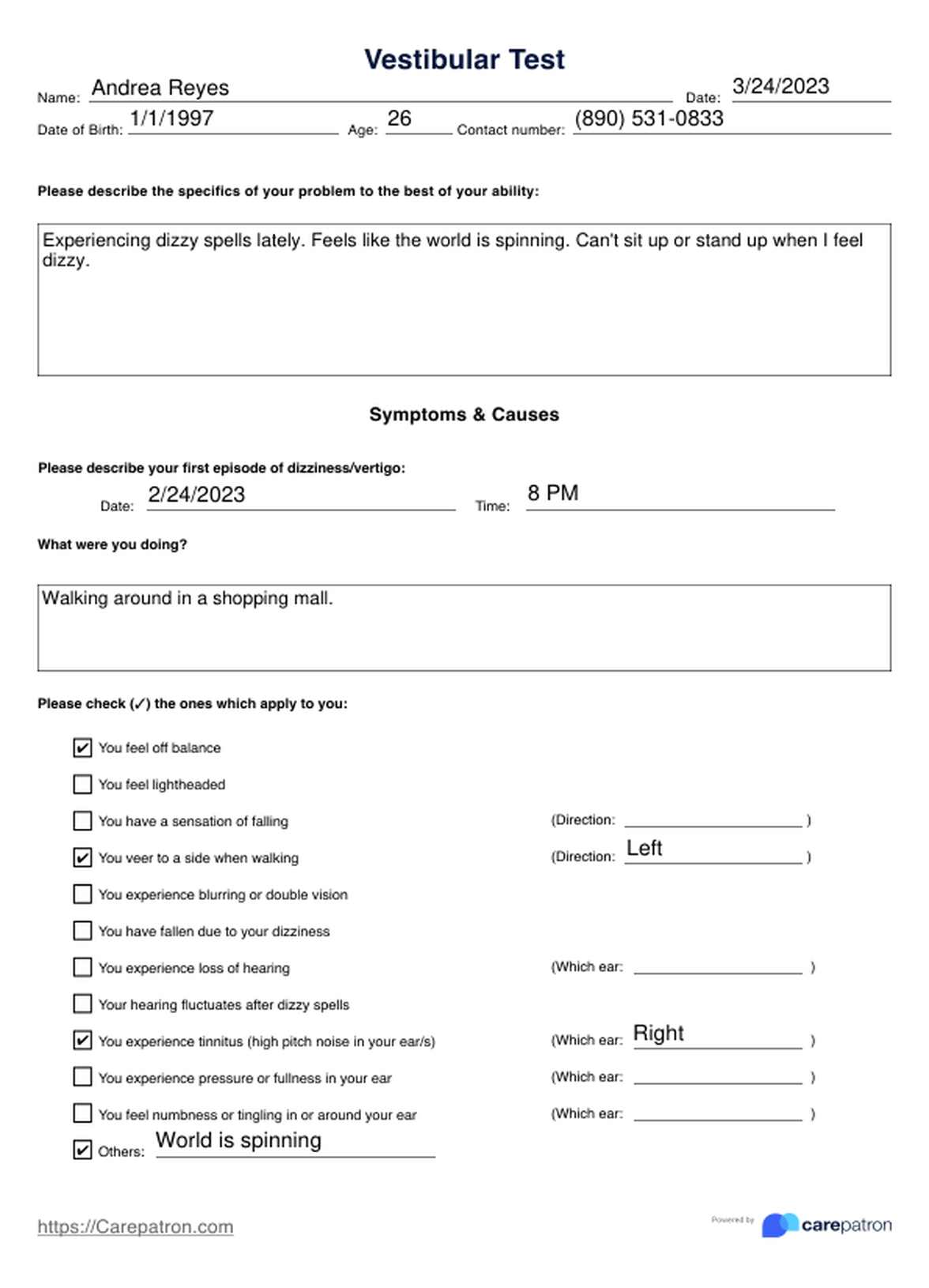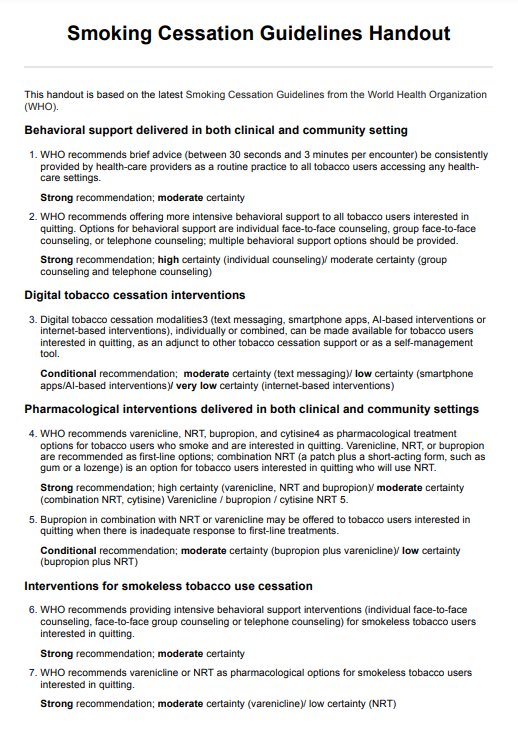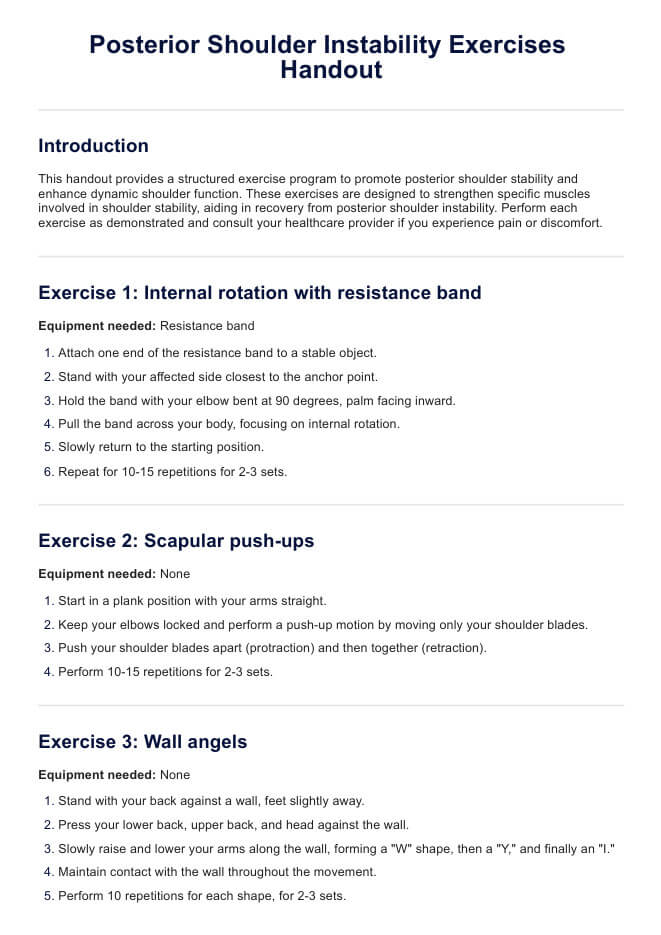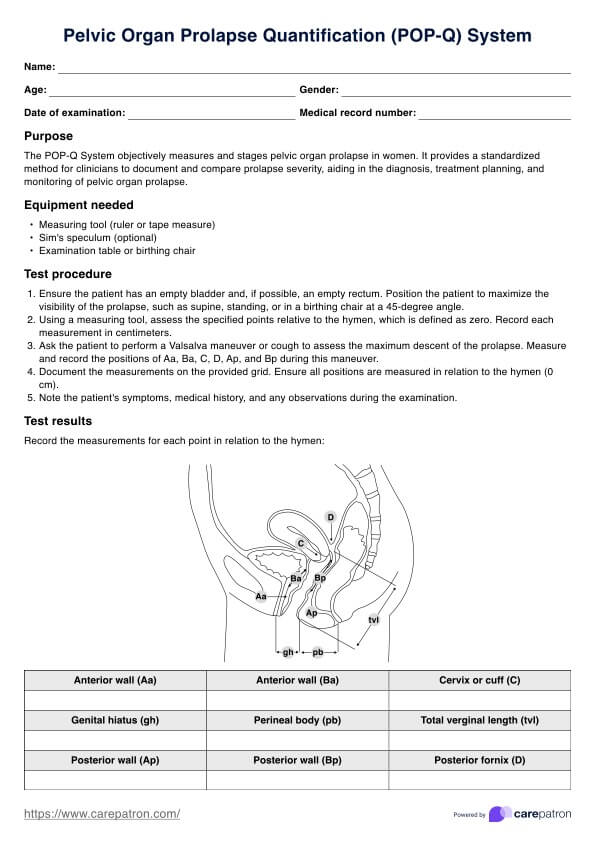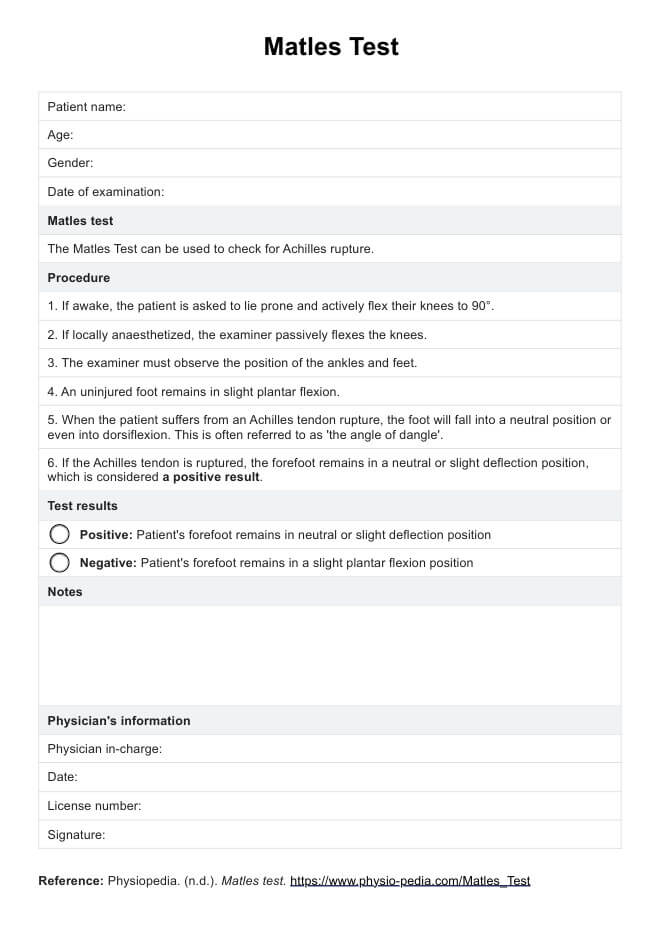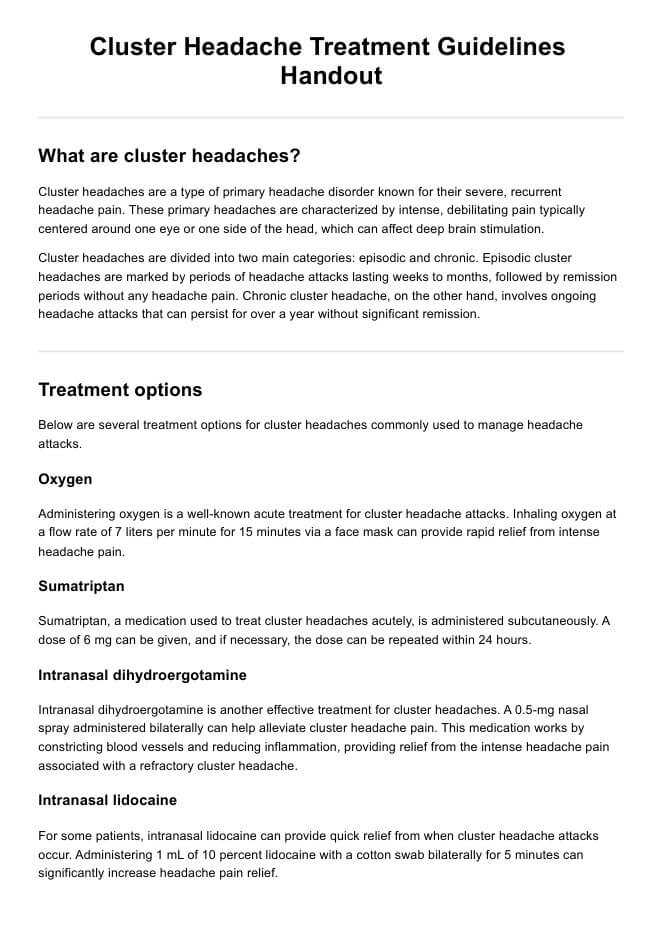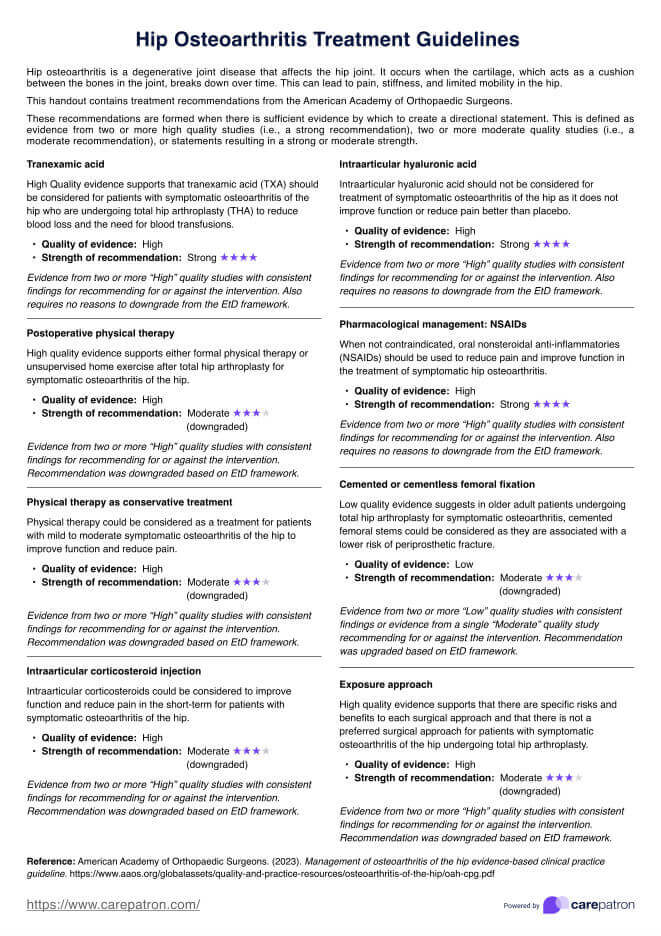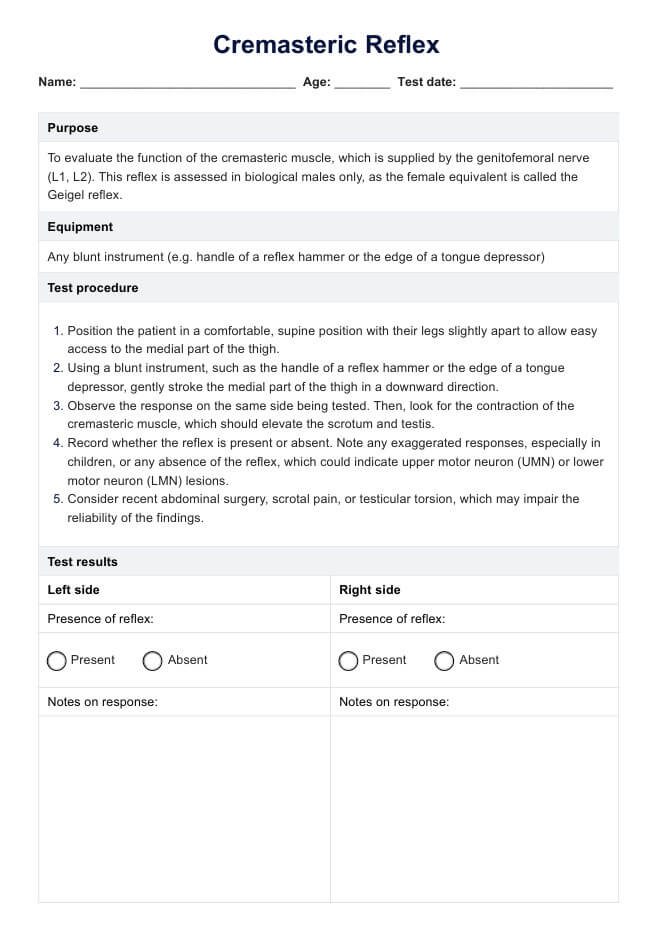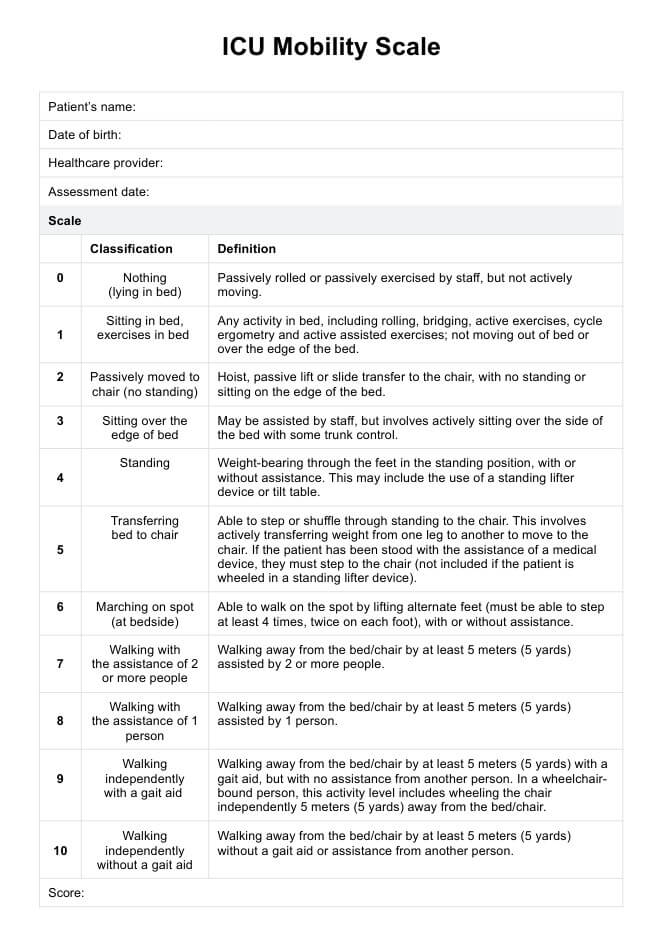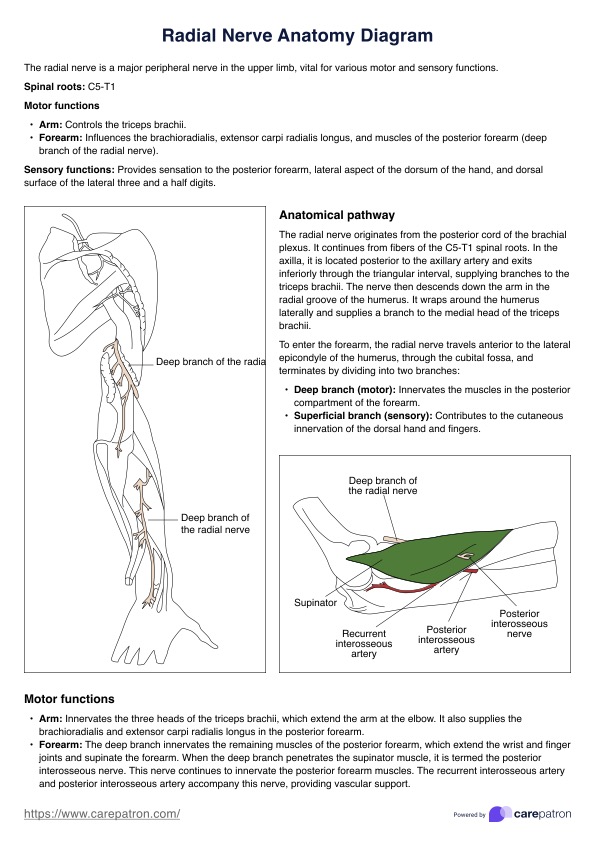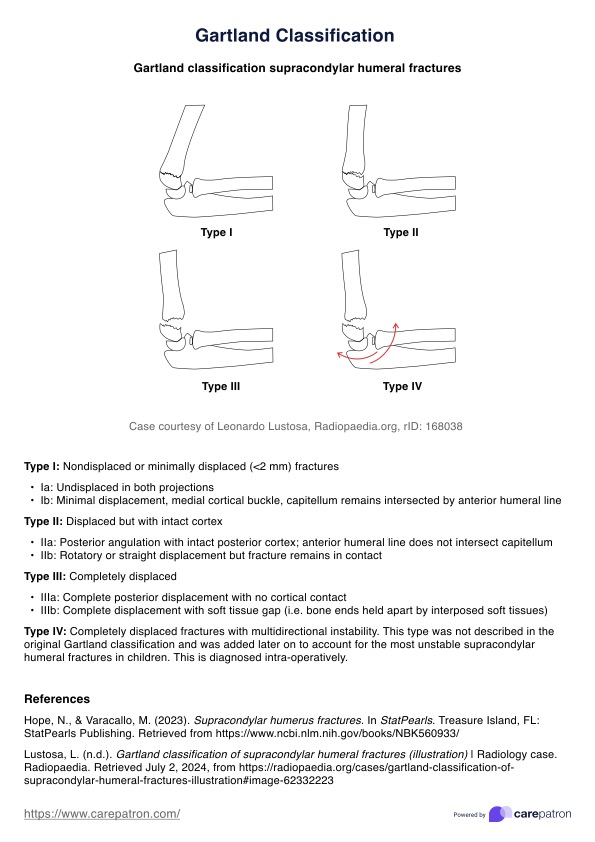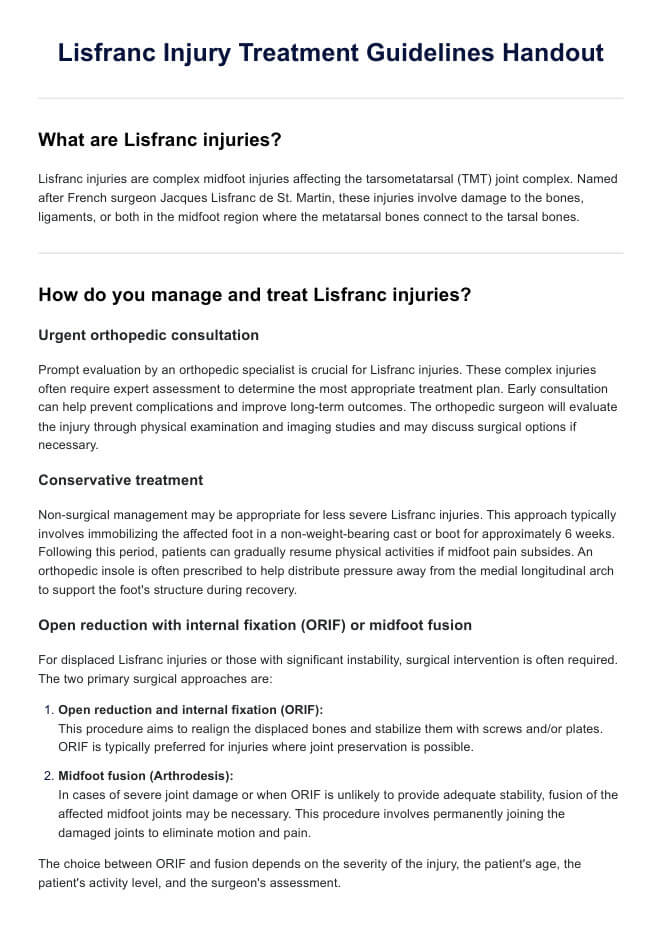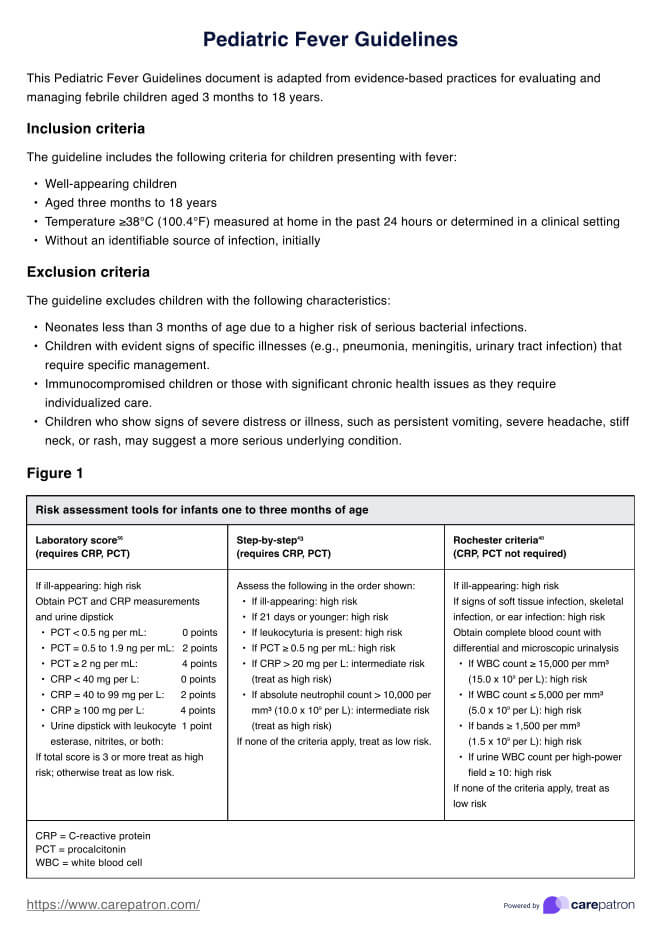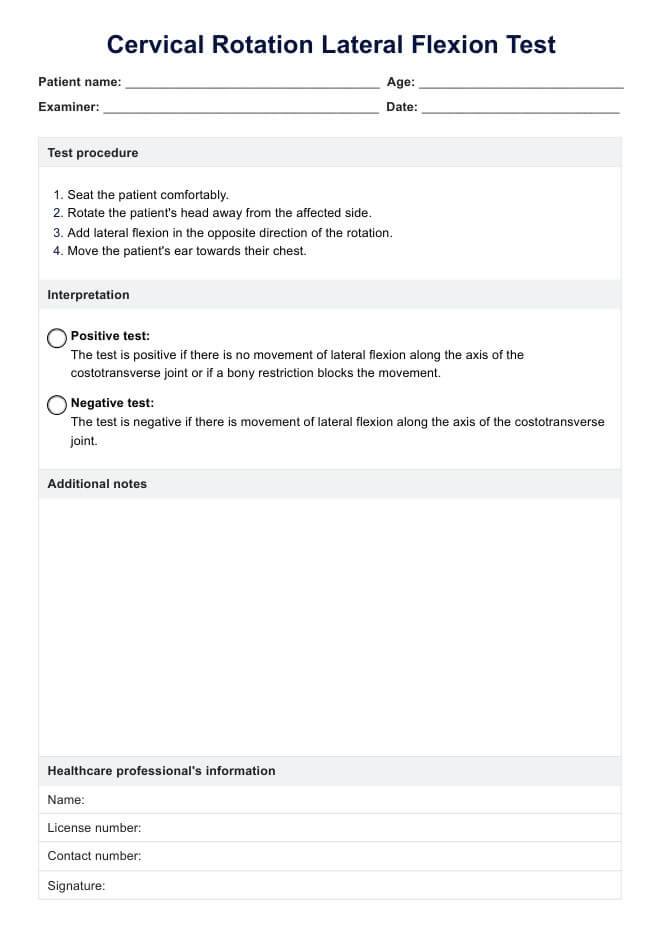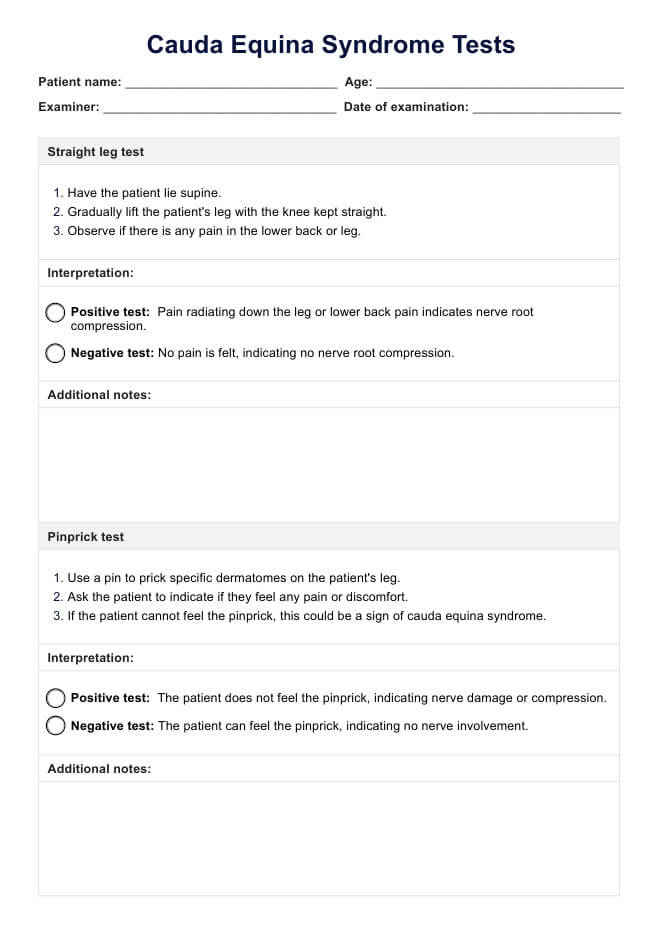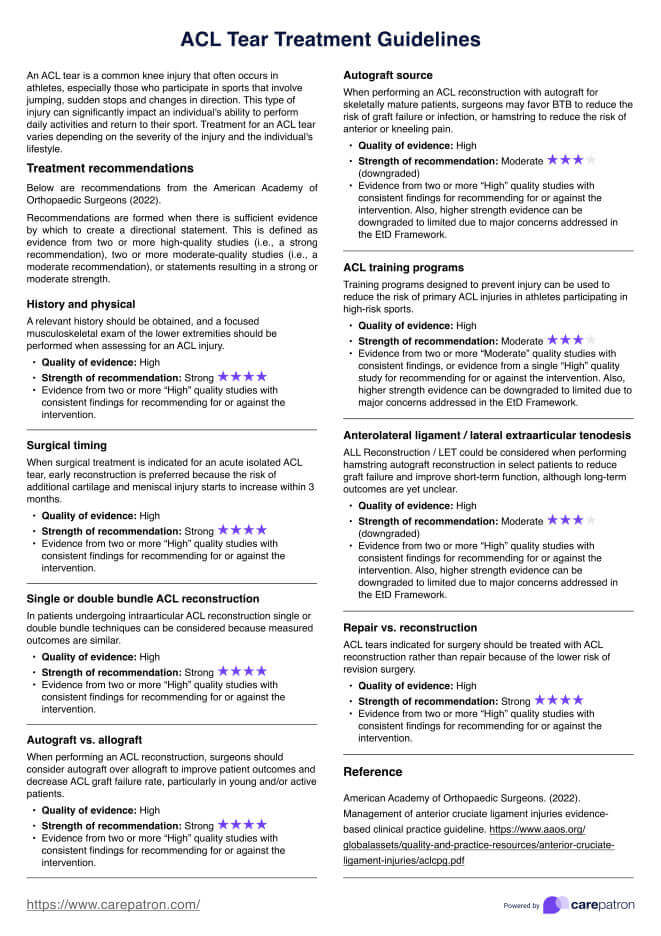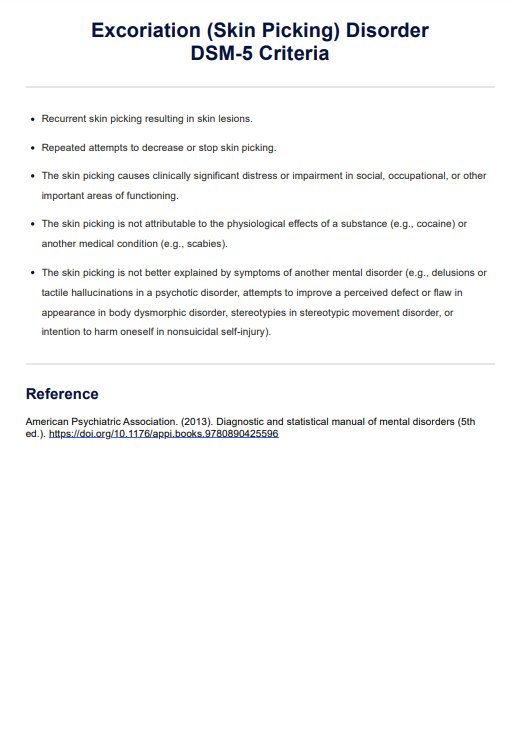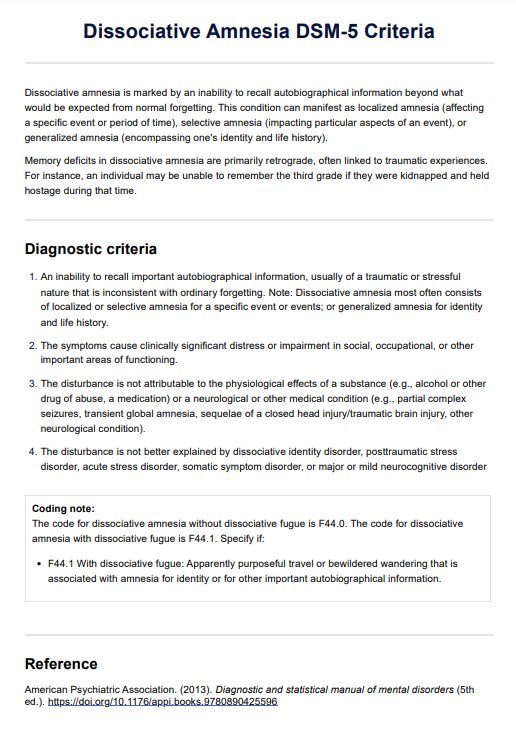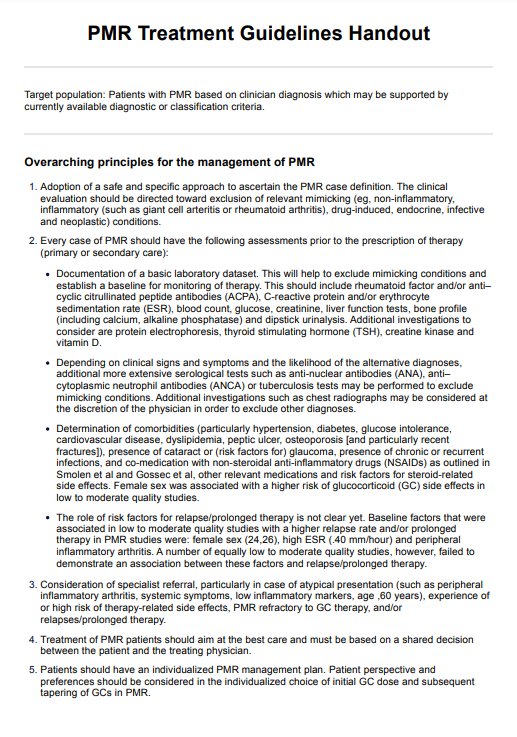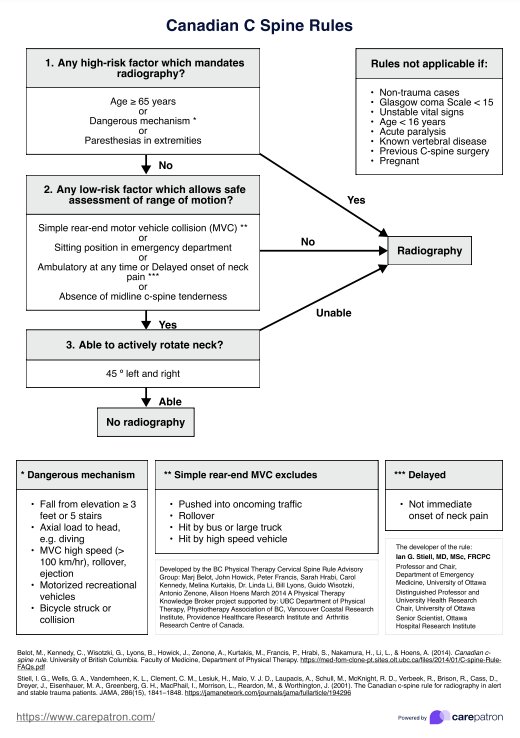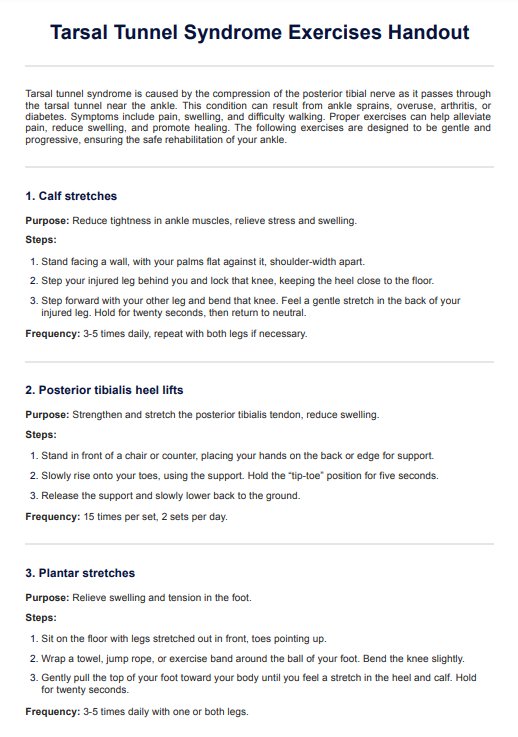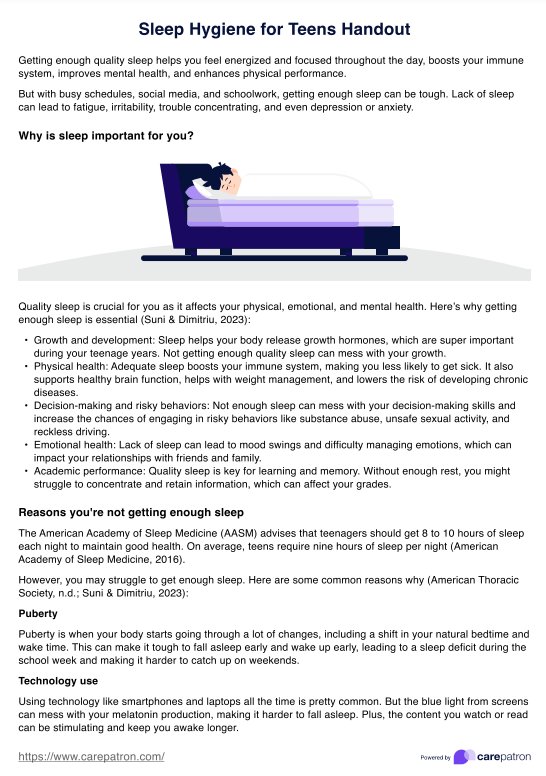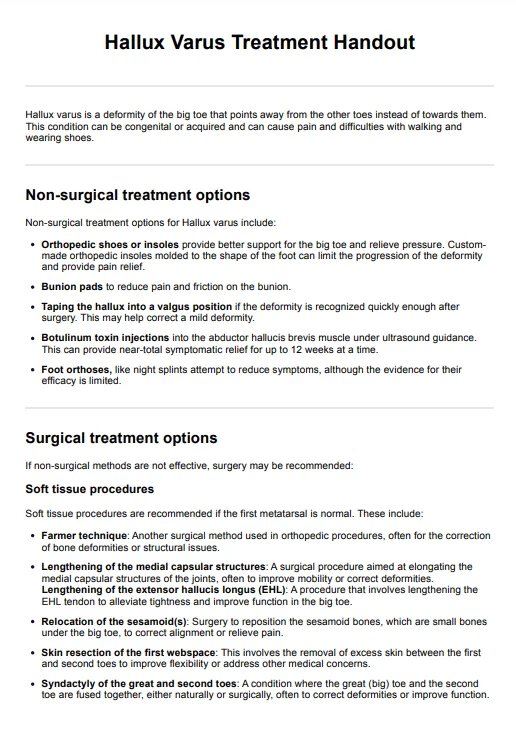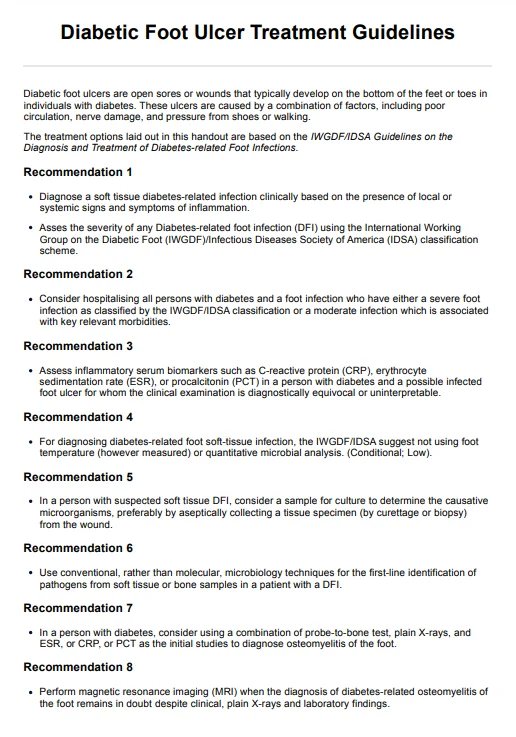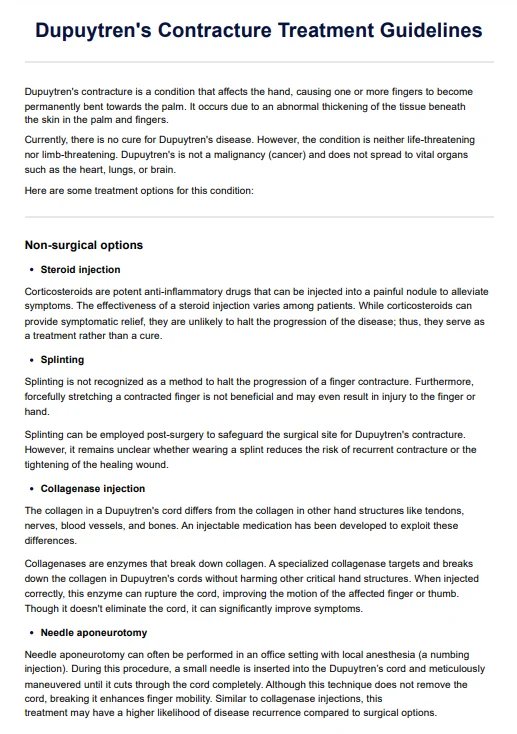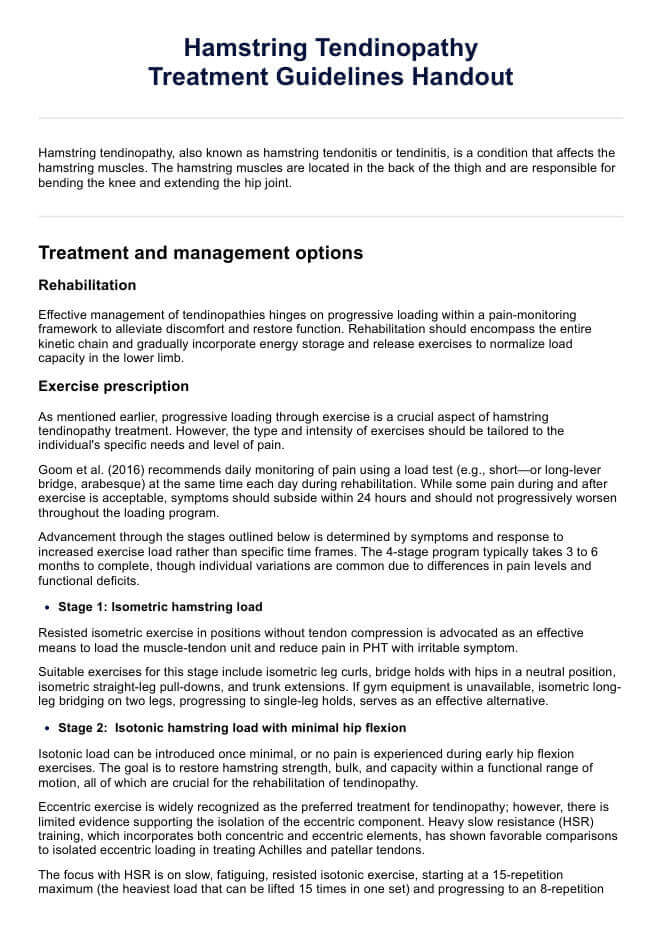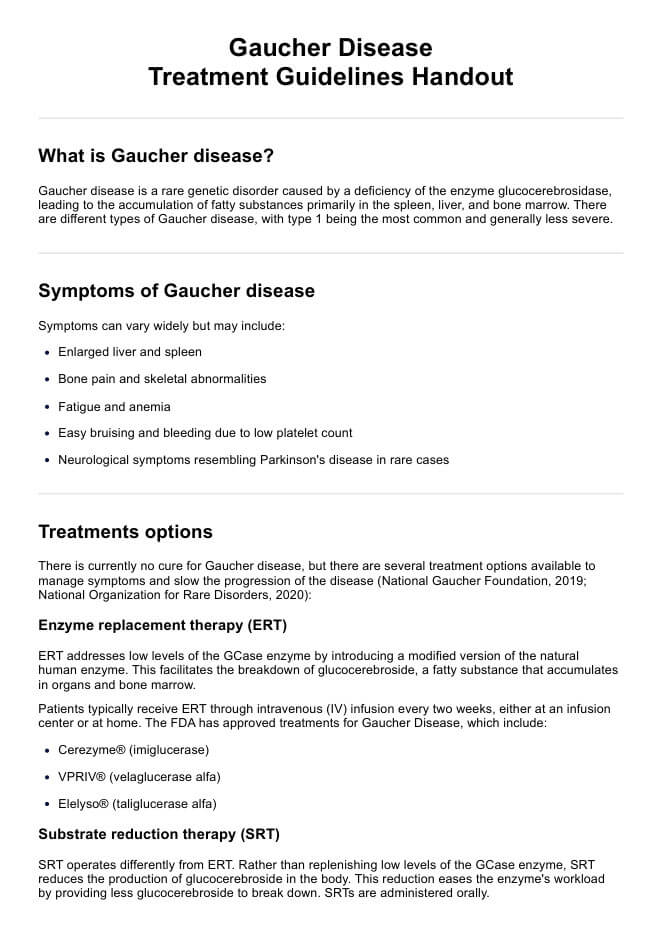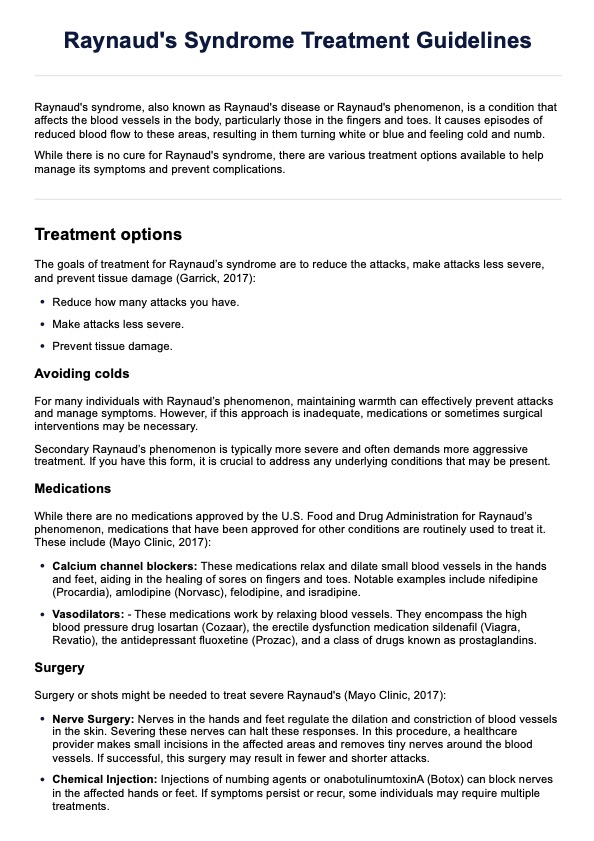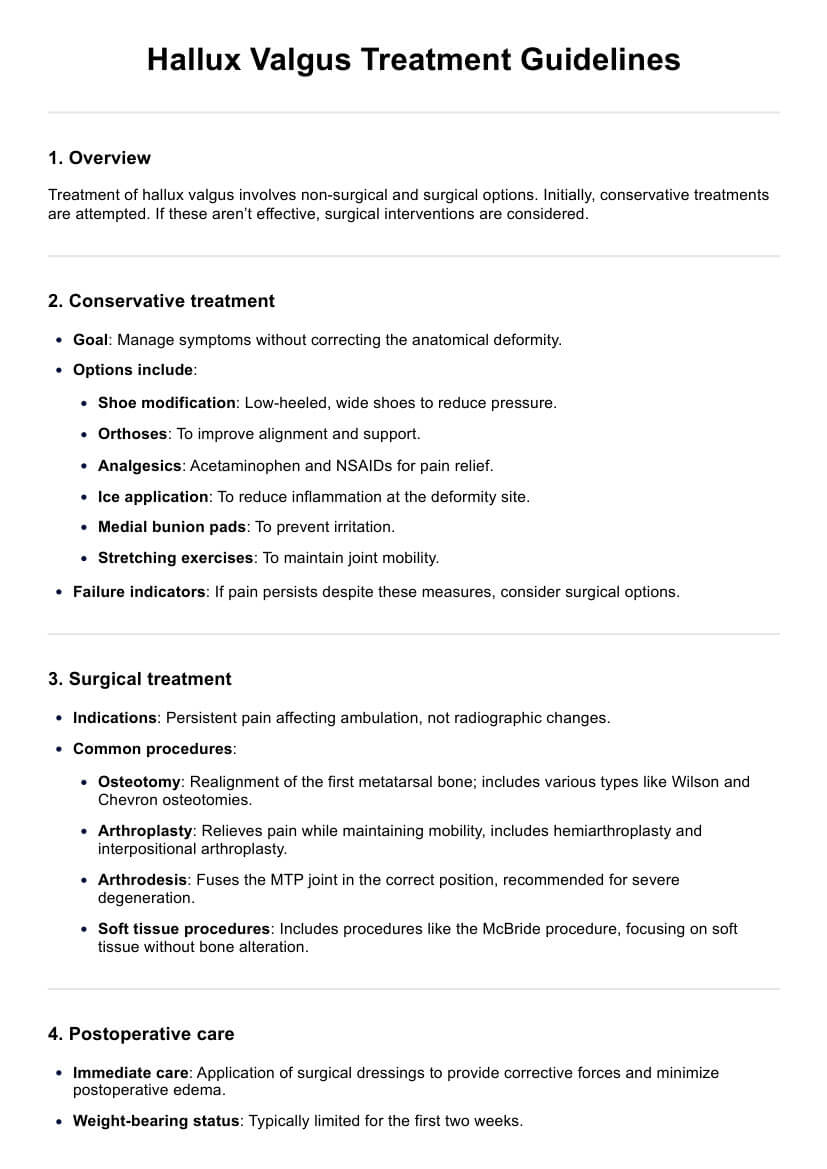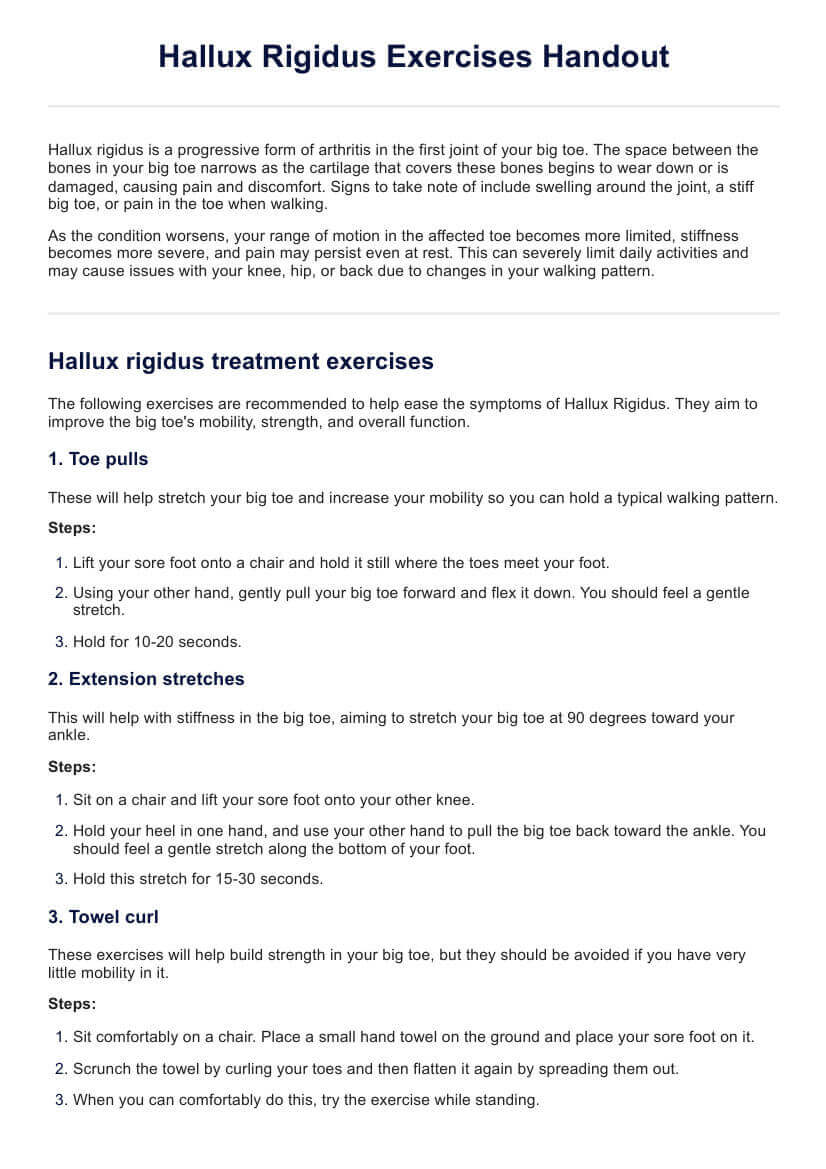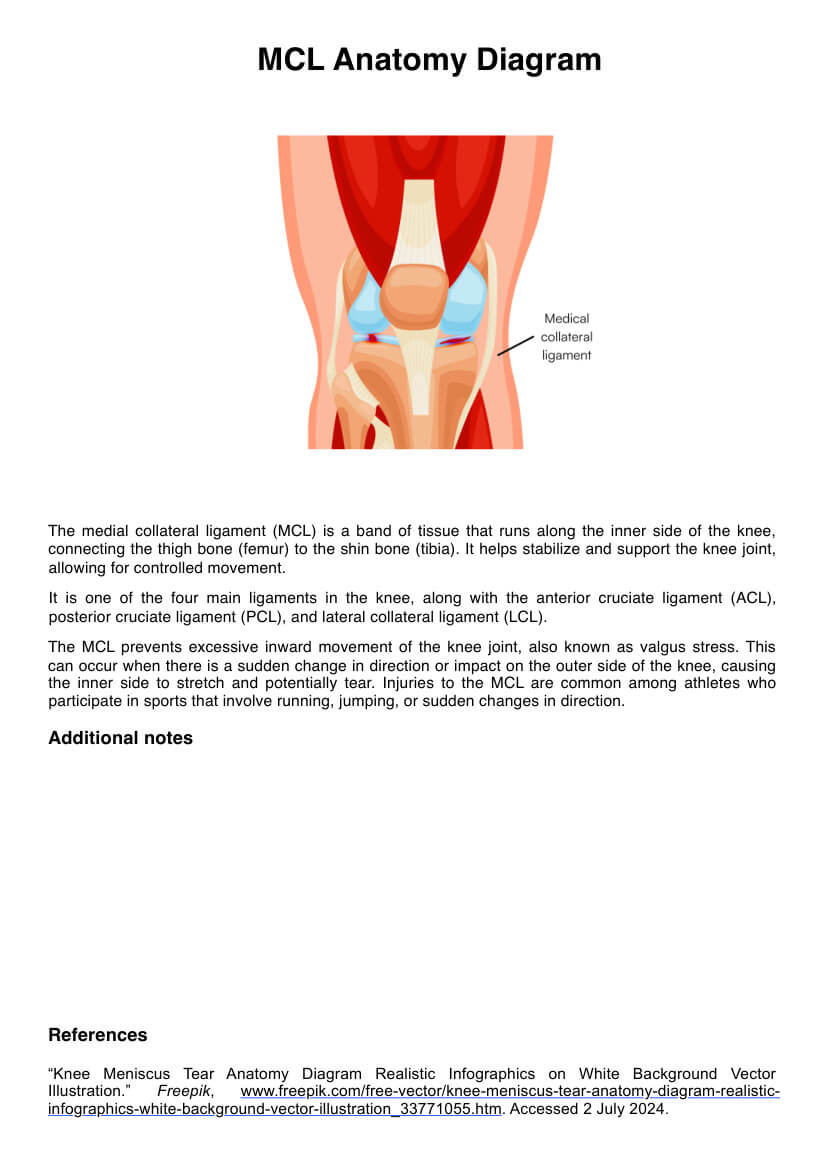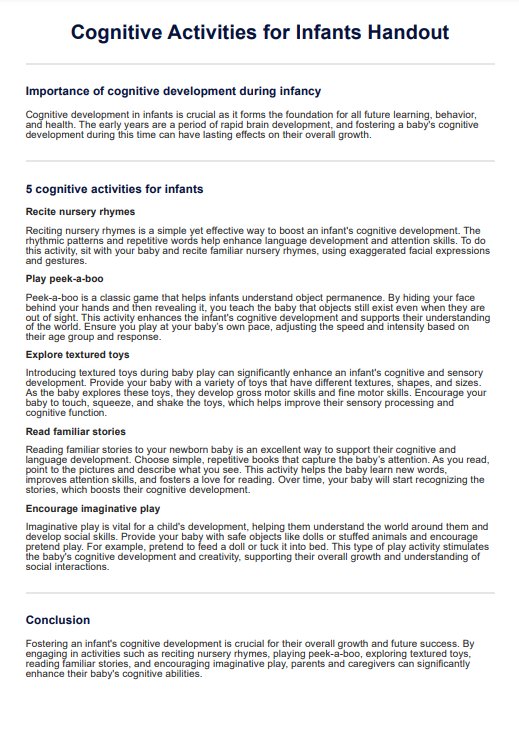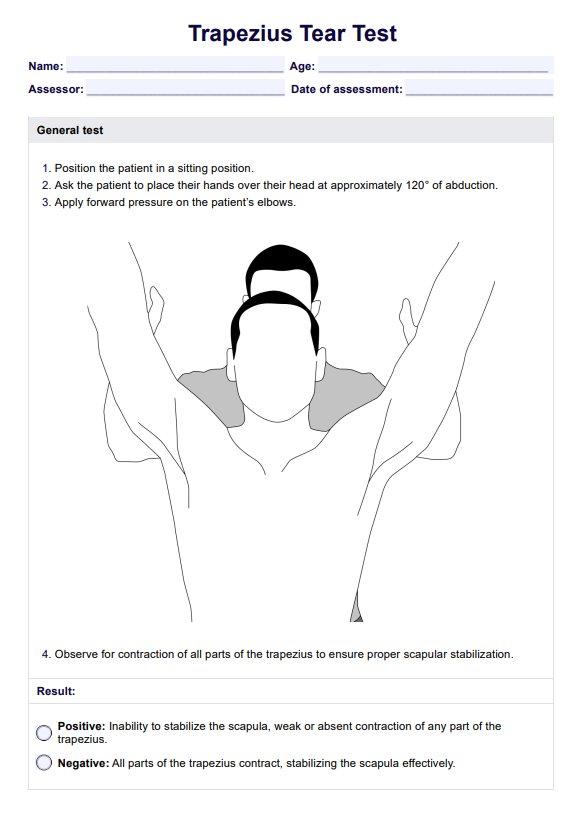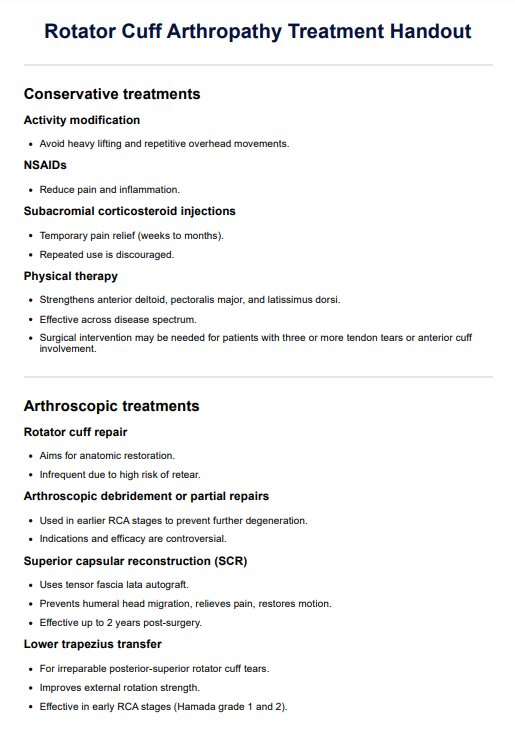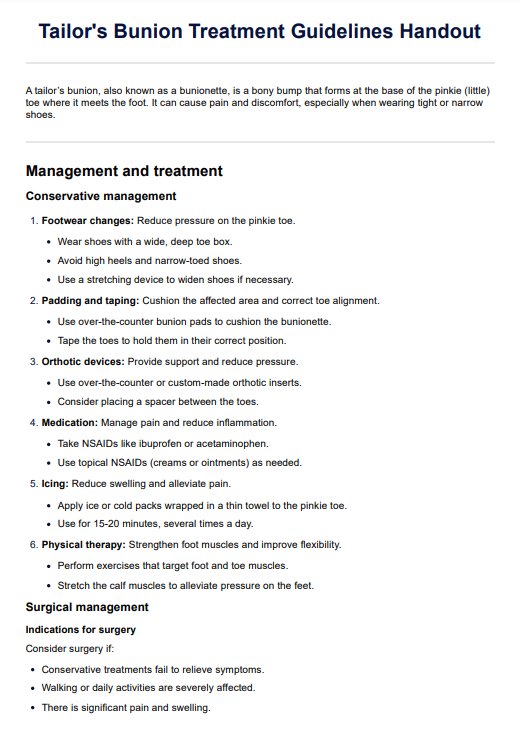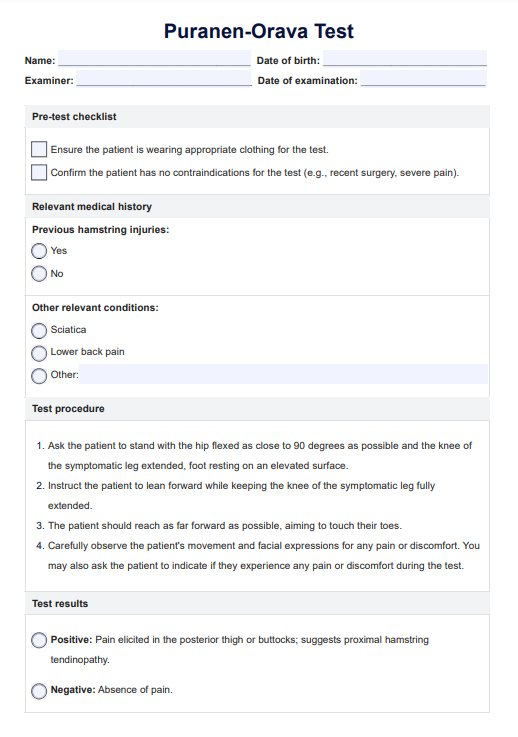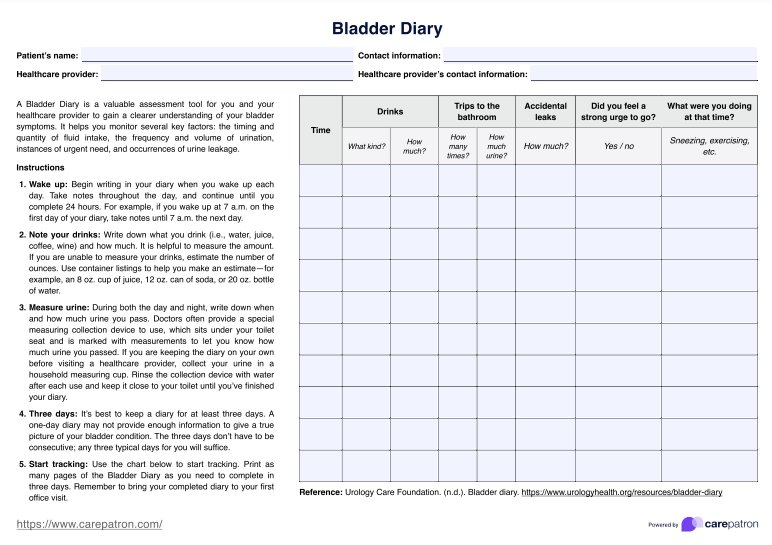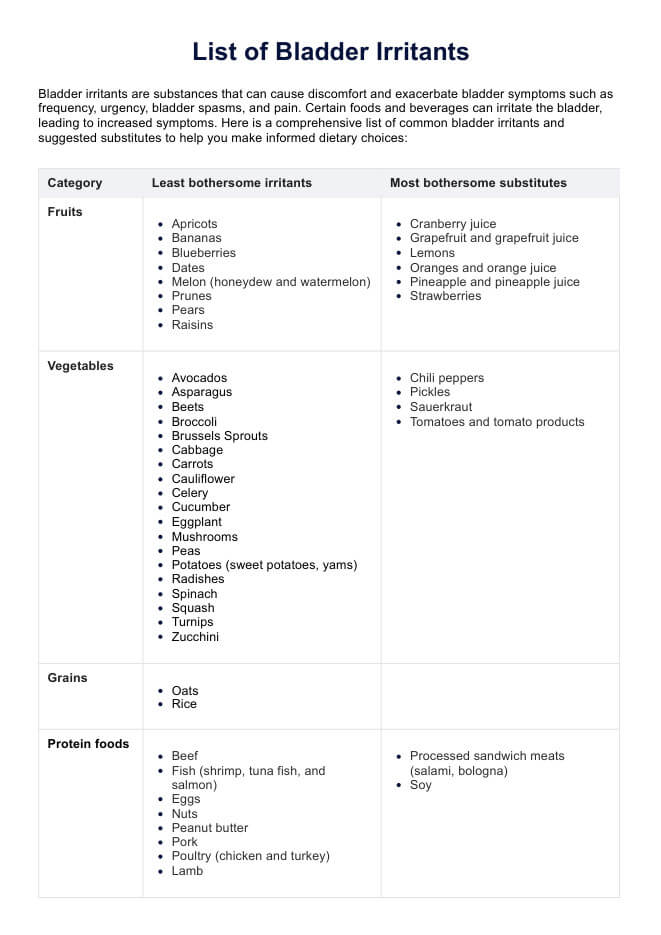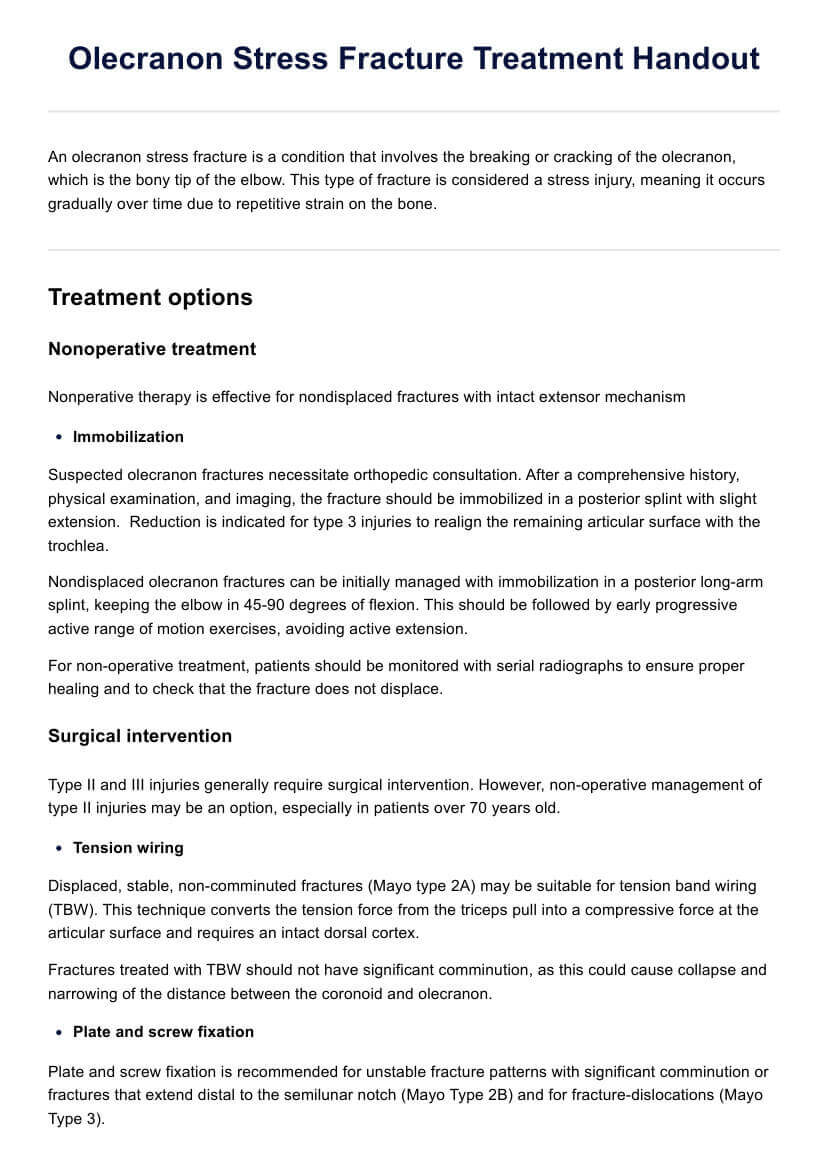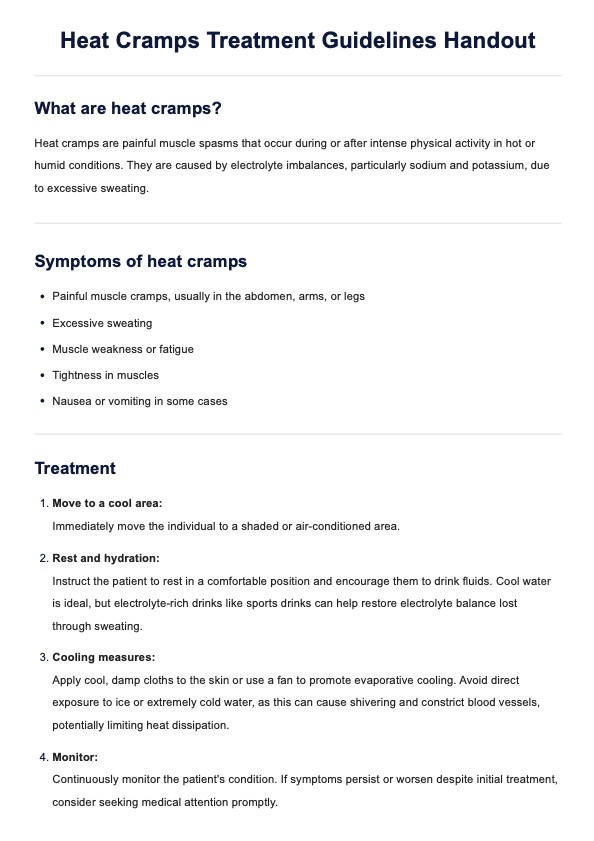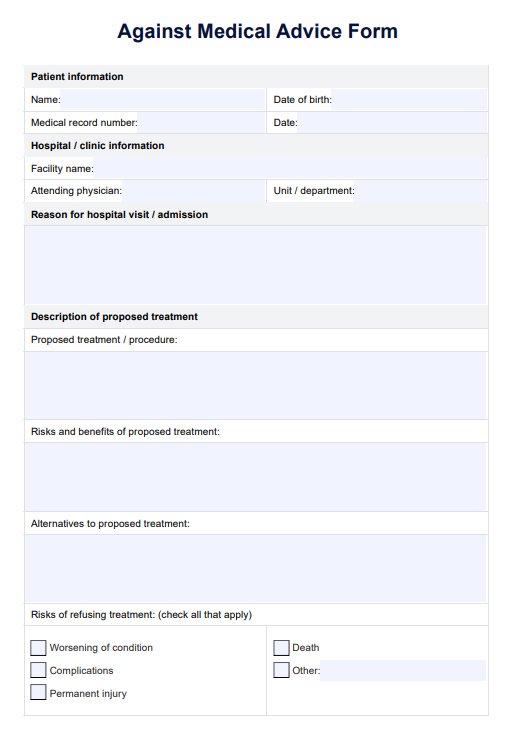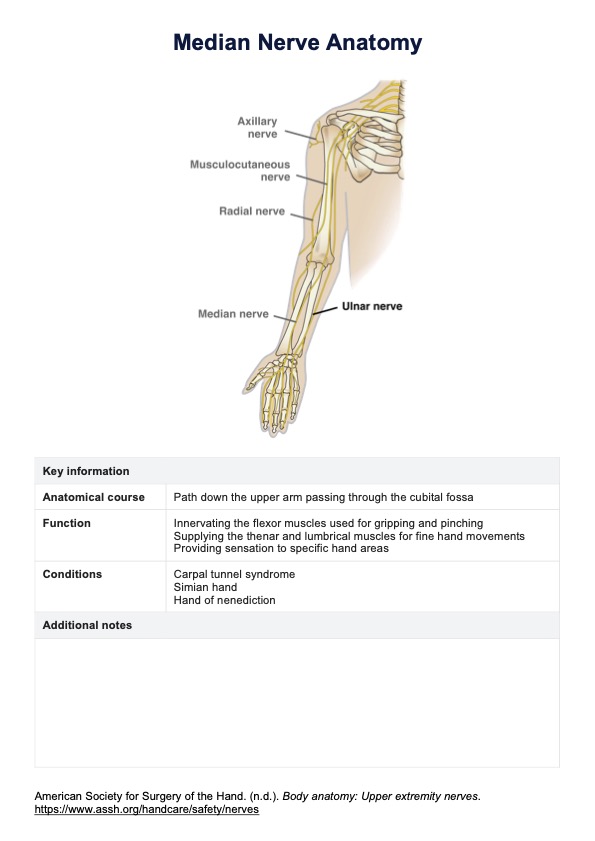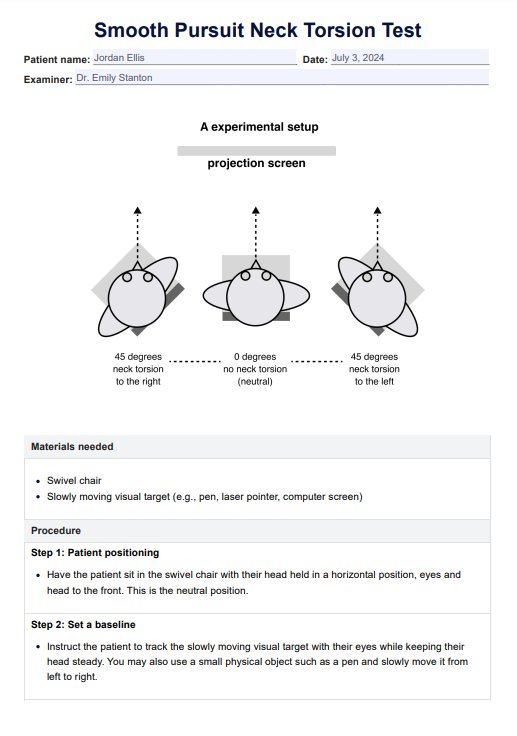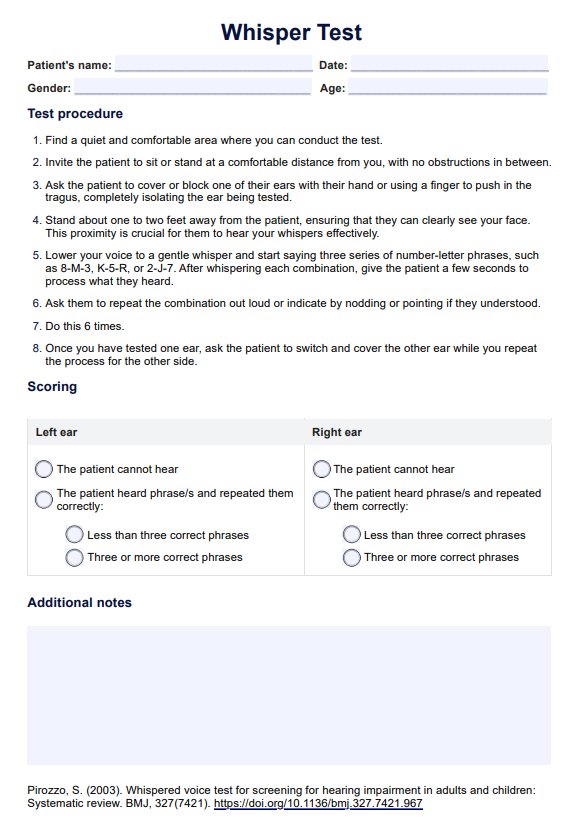Vestibular Test
Use our vestibular test to identify if a patient’s dizziness or balance problems are caused by a vestibular system disorder.


What is Vestibular Testing?
A vestibular test is a series of tests that evaluate the balance and function of the inner ear. Testing the vestibular system function may start with an overall assessment, gathering information on the client’s symptoms, medical history, etc. They may have to undergo further , such as the following:
Electronystagmography (ENG) or Videonystamography (VNG).
- Purpose: Check one’s eye movement in various settings
- Equipment used: ENG uses small electrodes near the eyes, while VNG uses an infrared camera.
Rotary Chair Test
- Purpose: Check for inner ear and brain disorders or response to head movements needed for daily activities.
- Equipment used: Electrodes near the eyes and a moving computerized chair.
Computerized Dynamic Visual Acuity Test (DVA)
- Purpose: Checks brain compensation for a client’s possible vestibular issues and how it affects their daily activities.
- Equipment used: Monitor with letters or a printed-out Snellen Chart.
Computerized Dynamic Posturography (CDP)
- Purpose: Checks the function of three sensory inputs - vestibular, somatosensory, and vision - used to maintain one’s center of gravity.
- Equipment used: Sensors, moving walls, and a moving platform.
Aside from the four mentioned above, other vestibular tests a client may undergo are the Subjective Visual Vertical Test, VEMP, VHIT, SVV, and SVH.
Vestibular Test Template
Vestibular Test Example
How Does this Vestibular Function Test Work?
Step One. Prepare the Vestibular Function Test Template
Search for “Vestibular Test” in Carepatron’s template library and download a copy or access it through Carepatron’s software platform.
Step Two. Fill in Pertinent Information
Aside from basic patient details like name and age. It’s best to fill out all possible sections to identify the probable causes of the patient’s concern.
Step Three. Give Your Notes a Second Look
There’s no harm in double-checking your patient’s answers and notes or observations, as sometimes, the tiniest details can aid in formulating an accurate diagnosis.
Step Four. Organize Further
Whether you decide to keep a digital or physical copy of your template, make it a habit to keep them in a single folder or tag. It’ll make it easier for you to refer to the gathered information and compile future supplementary tests.
When to Use a Vestibular Test Template?
It is possible that you, the practitioner-in-charge, may consult fellow practitioners and have the client undergo multiple tests before formulating a case or treatment plan to manage or treat a vestibular system disorder. Before the process mentioned above, however, it’s recommended that you begin with the basics.
To aid you, we’ve produced a vestibular test template that can guide you during the initial assessment. To make the most out of the template prepared, consider and remember the following:
- Your client must be new, or it is their first time expressing concerns that can be symptoms of a vestibular system disorder.
- Information you will write down in the template is only for an initial assessment and data gathering. A final diagnosis and test results should be written on another document and attached to the template.
- The template can be used as the primary document practitioners involved in the case can refer to when testing or finalizing a treatment plan for the client.
Who is this Vestibular Test PDF for?
Those who will find these printable and editable vestibular test PDFs are the following doctors:
- Otolaryngologist: Most commonly known as an ear, nose, and throat doctor, an otolaryngologist is concerned with diagnosing and treating diseases related to the organs they specialize in. The vestibular system within the inner ear still falls under their specialties.
- Audiologists: They are hearing and balance specialists who assess and diagnose people with hearing and vestibular disorders.
- Otologist or Neurotologist: A more specialized otolaryngologist, this type of doctor focuses on the connection between the brain and the ear.
Aside from the practitioners mentioned above, the following practitioners can benefit from noting down their observations in the template as symptoms exhibited by a client may be treated or managed by assessing organs connected to the vestibular system:
- Brain specialists such as neurologists, otoneurologists, and neuro-ophthalmologists
- Eye specialists such as ophthalmologists and optometrists
- Other health care practitioners such as occupational therapists, osteopathic physicians, and physical therapists.

Benefits of a Free Vestibular Balance Test
Streamlined Process
Aside from providing a filled-out free vestibular balance test, Carepatron’s platform, where the template is located, automates administrative tasks before and after the assessment. Thus, clearing out more time for you to allot to caring for your patient.
Early Intervention
Recurring headaches or dizzy spells for most people may not be problems worthy of concern. However, as a medical practitioner, you know better. By having a vestibular balance test on hand, you can conduct a general assessment of a consenting client anytime and anywhere to identify potential vestibular system problems.
Comprehensive
Though asking questions in a conversational manner can make the patient feel at ease to share their concerns, it’s better to err on the side of caution and be thorough even during the initial assessment. With a comprehensive vestibular test template, you can hit two birds with one stone: encourage your client to voice out their problems and take note of all the details mentioned.
Cost Efficient
With a comprehensive vestibular test, you can reduce the number of documents needed to gather all the information necessary for an impression or diagnosis, especially for multiple patients under your care. This will help with the company’s finances in the long run.
Cost-Friendly
Great medical care doesn’t have to come with unnecessary expenses for the client. By conducting a comprehensive assessment with the help of a vestibular test template, you can narrow it down to essential tests and consultations, saving the client a significant amount of money.
To find more helpful tools for your practice and better satisfy your clients, explore the balance test template, visual acuity test template and electronystagmography template.
Commonly asked questions
It’s helpful to diagnose both common and not-so-common vestibular system disorders. By assessing before doing additional, in-depth vestibular tests, one can identify which tests are needed and if the source is genetic, environmental, etc.
You can conduct a general vestibular test right after the patient shares their concerns and may follow up with other vestibular tests when necessary.
It depends on the kind of vestibular test. However, it consists mostly of the practitioner administrating the test, placing measurement devices near the patient’s eyes or near the ears, followed by several exercises or stimuli.


